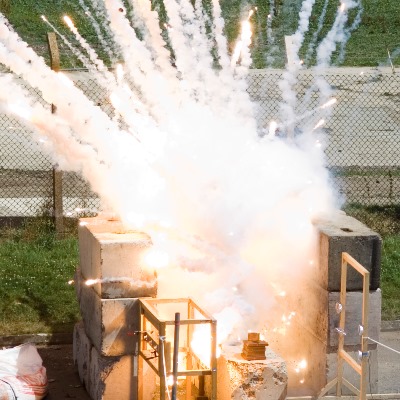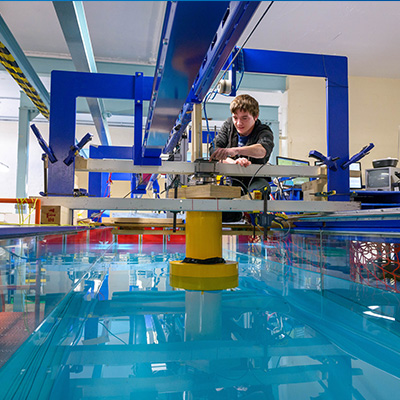An explosion caused devastation in the Lebanon port area this week killing at least 135 people and injuring more than 4,000 others. The blast was caused by 2,750 tonnes of ammonium nitrate stored unsafely in a warehouse.
Cranfield University experts Trevor Lawrence, Senior Lecturer and expert in explosives and munitions at Cranfield Ordnance Test and Evaluation Centre (COTEC), Dr Kate Hewins, Course Director - Forensic Ballistics, Cranfield Forensic Institute and Professor Jacqueline Akhavan, Director of Education for Cranfield Defence and Security, give their views on the explosion:
What is ammonium nitrate?
Ammonium nitrate is a white crystalline solid widely used in agriculture as a high-nitrogen fertiliser, and also as a component of mining, quarrying and construction explosives. Normally it needs the addition of a fuel to produce an explosive, but under some circumstances it can detonate.
It is not normally acknowledged as a high explosive in its own right, being mixed with other components such as oils, aluminium powder etc in industrial explosive use.
Is it explosive – why might this have happened?
It is not classed as an explosive when it is stored correctly in bales of less than 1m3. However, if it is stored in a large pile, above its critical diameter and initiated, it can have explosive properties.
Ammonium nitrate is hygroscopic, it absorbs water, and then forms a hard crust rather than a powder. The velocity of detonation increases with density so the power of the explosion is greater in a solid compared to a powder.
It degrades in storage with an exothermic reaction, so heat is produced. If the ammonium nitrate ignites, and the hard crust confines it, then the burn wave can transition to a detonation by a process known as deflagration to detonation transition.
What can you tell from the footage of the explosion?
It appears the initial fire in the warehouse involved a quantity of fireworks, which typically explode and project burning material, spreading the fire. The mass explosion was clearly a detonation, but the velocity of detonation appears to have been at the ‘lower end of the scale of velocities of detonation for high explosives’, probably in the region of 2,000 ms-1, which would be expected if a quantity of ammonium nitrate underwent deflagration-to-detonation transition (i.e. burnt to detonation).
Is there anything that you can tell from the extent of the damage and how far away the blast was felt?
If you are close to the blast wave it would lift you off the ground and throw you in the direction of the blast wave. The pressures would cause damage to the ear drums, lungs, organs, and result in broken bones. The high temperatures would result in burns to the skin and lungs.
The large explosion is clearly a detonation rather than a deflagration (as in a fireworks explosion). There is a clear shockwave travelling at high speed visible across the surface of the bay water and as a condensate cloud which abruptly appears radiating out from the epicentre and then vanishing.
About Cranfield University
Cranfield University is a specialist postgraduate university that is a global leader for education and transformational research in technology and management.






